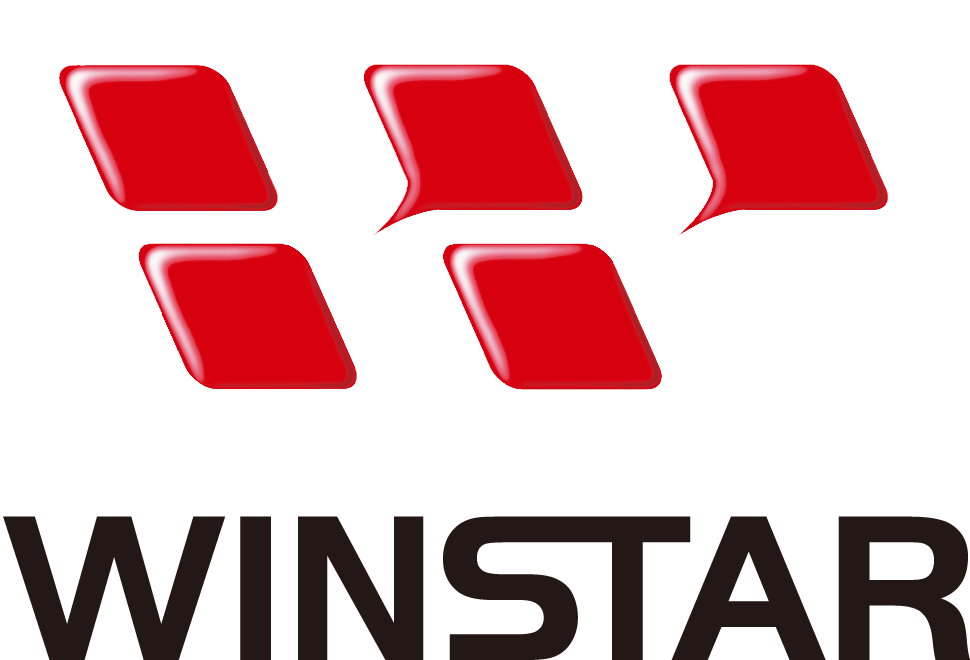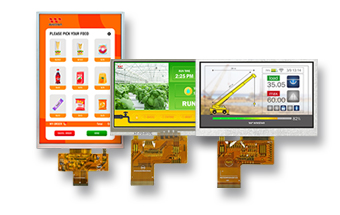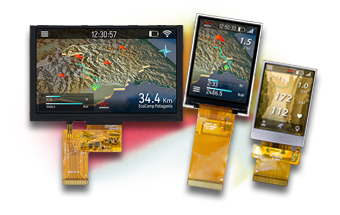As display applications extend beyond traditional indoor environments into outdoor and semi-outdoor scenarios, ensuring readability under direct sunlight has become a crucial design consideration. The human eye requires the display brightness to exceed ambient brightness by at least 2.5 times for clear and comfortable viewing. To address this, two core strategies are commonly adopted: increasing screen brightness and minimizing surface reflections.
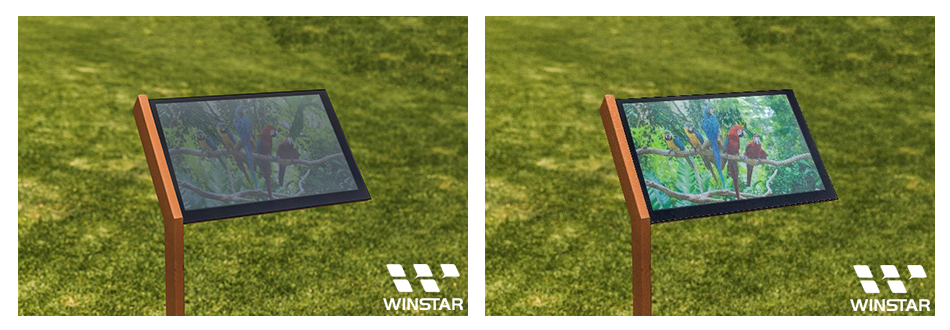
[Figure 1]
Reference:
https://www.winmate.com.tw/Blog/blog-screenus
1. High Brightness Display Modules
One of the most straightforward ways to reduce sunlight interference is increasing the display’s brightness. By boosting the backlight, the screen becomes more legible even in high-luminance environments.
Typical Brightness Requirements by Ambient Condition:
| Ambient Condition |
Ambient Brightness (nits) |
Recommended Display Brightness (nits) |
Application Examples |
| Darkroom |
~200 |
500 or above |
Control modules, medical analyzers |
| Indoor lighting |
~300 |
500–1000 |
HMI terminals, handheld devices |
| Cloudy outdoors |
1000–6000 |
800 or above |
Outdoor measuring equipment, kiosks |
| Direct sunlight (no shelter) |
5000–10000 |
1000 or above |
Agricultural control panels, EV chargers |
Note: Higher power consumption, increased heat output, and reduced LED lifetime.
When to use: Ideal for applications that require real-time visibility under strong ambient light, such as industrial HMI, handheld testing equipment, or outdoor display terminals that run on external power.

[Figure 2]
- 200 nits: Screen appears washed out and unreadable. Suitable only for dark environments.
- 400 nits: Partial improvement, but visibility remains limited outdoors.
- 600 nits: Clear and vivid display under strong lighting. Ideal for indoor or cloudy outdoor use.
2. Anti-Glare (AG) Surface Treatment
AG treatment diffuses reflected light on the screen surface to reduce visual discomfort caused by glare. This is achieved via physical or chemical surface modifications that convert specular reflections into diffuse ones, thereby maintaining screen readability.
Note: While AG treatment reduces glare, it may slightly lower the screen's contrast, especially when displaying darker images.
When to use: Suitable for semi-outdoor or indoor environments with strong artificial lighting. Can be combined with high brightness panels for enhanced outdoor readability.
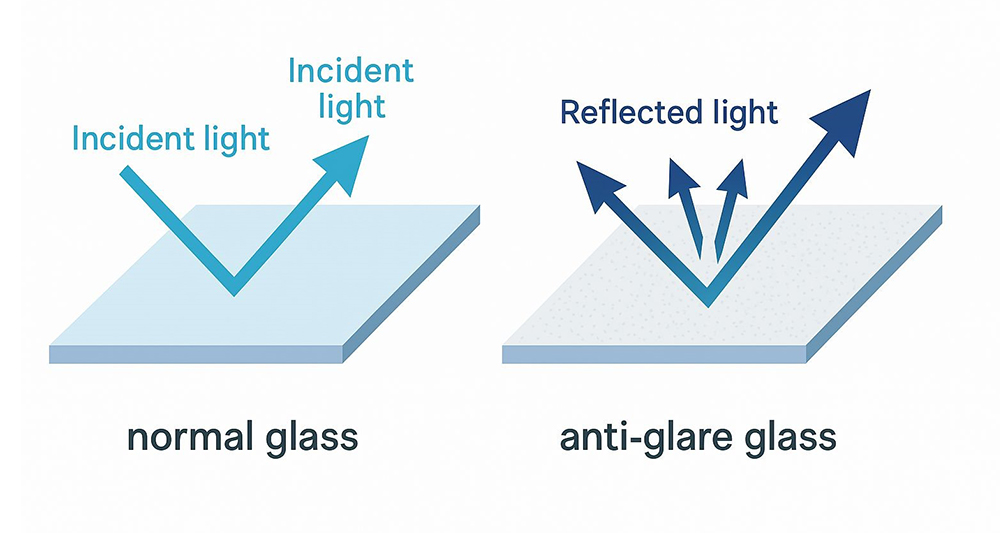
[Figure 3]
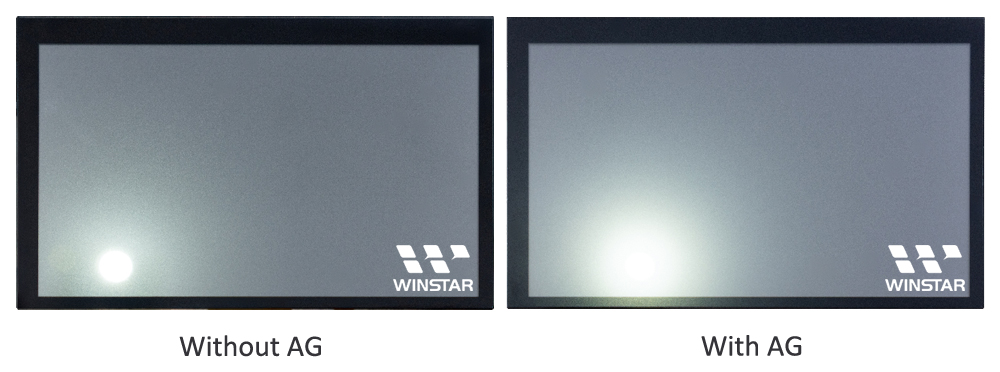
[Figure 4]
Left: Without AG treatment– Strong glare from light reflection
Right: With AG treatment– Diffused reflection reduces glare
3. Optical Bonding
Optical bonding involves filling the air gap between the display panel and the cover glass with an optically transparent adhesive. This reduces internal reflections caused by differences in refractive index and enhances contrast and clarity, especially in bright environments.
Additional Benefit: Improved structural durability and reduced risk of condensation.
When to use: Recommended for outdoor-use touch displays, rugged devices, and environments with frequent temperature or humidity changes.
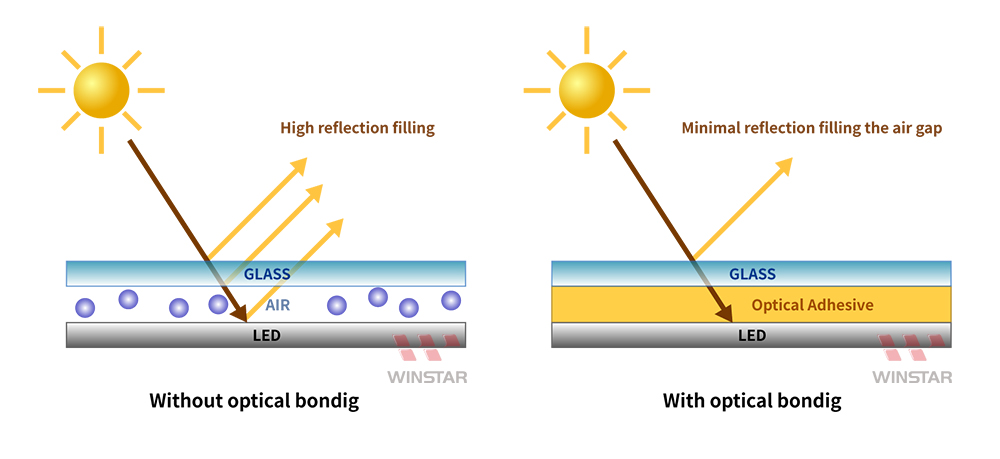
[Figure 5]
4. Transflective LCD Technology
Transflective displays combine transmissive and reflective modes, utilizing ambient light to enhance visibility without solely relying on backlighting. This not only improves readability under bright light but also contributes to power efficiency.
Note: Subpar performance in dim or indoor lighting conditions; relatively higher manufacturing cost.
When to use: Best for battery-powered outdoor devices, such as portable meters, GPS handhelds, and other power-sensitive applications.
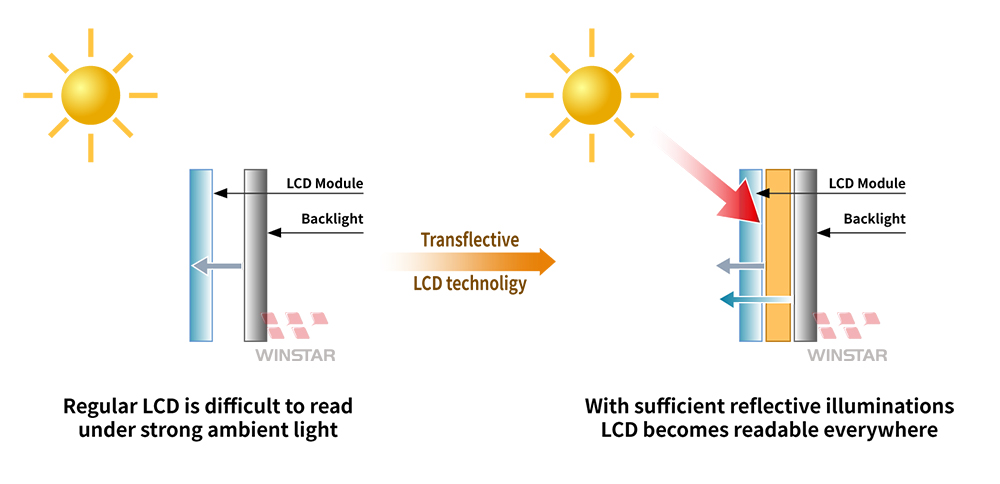
[Figure 6]

[Figure 7]
5. Electronic Paper (E-Paper)
E-Paper mimics the appearance of ink on paper, relying on ambient light rather than backlight, which makes it ideal for direct sunlight environments. It also offers ultra-low power consumption and wide viewing angles.
Note: E-Paper performs best under sunlight, and for dim or dark environments, WINSTAR also offers an optional front light solution to enhance readability and extend usability. It also has a slower refresh rate, which is less suitable for content that changes quickly. in low-light or dark conditions; slow refresh rate makes it unsuitable for dynamic content.
When to use: Ideal for static or slow-changing content displays like shelf labels, signage, and e-readers used in direct sunlight.
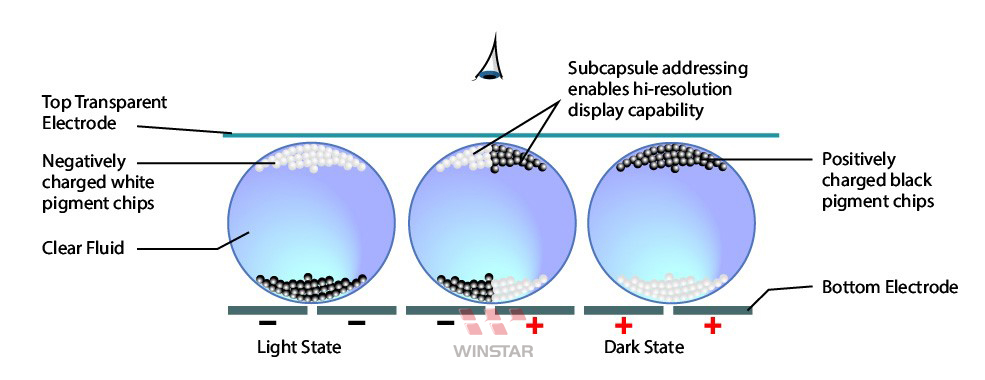
[Figure 8]
Discover more about our E-Paper Display solutions: WINSTAR E-Paper Displays
Conclusion
To ensure optimal display readability in high-ambient-light environments, a combination of high brightness, anti-reflective treatments, and advanced display technologies must be considered. Winstar provides a wide range of standard and customized sunlight-readable display solutions based on specific application needs, ranging from high brightness TFT LCDs to Transflective displays and e-paper modules. As outdoor applications continue to grow, so does the importance of visibility, safety, and user comfort.
WINSTAR's R&D team is dedicated to ongoing innovation in this field. For the latest updates and product information, please visit our official website at www.winstar.com.tw.
